Gurye Cheoneunsa Temple (천은사(구례))
12.4Km 2021-10-02
209, Nogodan-ro, Gurye-gun, Jeollanam-do
+82-61-781-4800
Located north of Gurye on Jirisan Mountain, and built during the Unified Silla Period, Cheoneunsa Temple is one of the three great Buddhist temples of Jirisan Mountain. Cheoneunsa Temple is believed to have been built by Monk Deokun and Monk Seru from India in AD 828 during the 3rd year of King Heungdeok. Because it initially laid next to spring water as clean and cold as a morning dew, the temple was also called Gamrosa, meaning Sweet Dew Temple. The spring water was rumored to clean one’s body and soul, leading to crowd of Buddhist monks to visit the temple. During King Chungryeol’s reign, the temple was named the Best Temple in the south.
The temple was burned down during the Imjin War (1592-1598) and then later rebuilt and renamed Cheoneunsa. Legend has it that while the temple was being rebuilt, a large serpent often came out of the spring. When the serpent was finally captured and killed, the spring waters suddenly dried up. Hence the name Cheoneunsa, meaning Disappearance of Spring Water, was given.
Namwon Traditional Lacquer Craft Center (남원시 옻칠공예관)
13.1Km 2024-04-06
1234-5 Yocheon-ro, Namwon-si, Jeonbuk-do
Namwon Traditional Lacquer Craft Center is a lacquer crafts exhibition hall that opened in 2004 to spread lacquer culture, research on lacquer technology, and foster the younger generations. In Namwon, lacquer woodworking has been developed since ancient times, and traces of lacquerwork from the Bronze Age were discovered here. Accordingly, this craft center was built to establish Namwon as a central city for lacquer crafts through continuous research and development.
This two-story center consists of an exhibition hall, a store, an experience room, a laboratory, an audio-visual education room, and a training room. The exhibition hall displays awardwinning craft works and various lacquered crafts such as bowls, furniture, spoons and chopsticks, cabinets with flower and grass designs, tables, janggu (hourglass-shaped drum) sticks, and utensils used in ancestral rites. In addition, it operates experience programs for the general public and a store that sells lacquer crafts.
Jirisanhosu resort / 지리산호수리조트
13.4Km 2025-03-05
610 , Gumanje-ro, Gurye-gun, Jeollanam-do
+82-61-783-0011, +82-10-3360-2344
Jirisan Lake Resort in Gurye-gun, Jeollanam-do, accomodates travellers in glamping-style lodges arranged in terraces on a sloping hill - from where guests can enjoy the beautiful scenery of Gumanje Lake and Jirisan Mountain. The lodges have tables and barbecues outside. Starting at the entrance to the resort is a pedestrian bridge across the lake where guests can stroll; and on the other side is a free-range farm where visitors can have a go at cheese-making. Pets are allowed.
Jirisan Cheese Land (지리산치즈랜드)
13.8Km 2023-03-17
1590-62 , Saneop-ro, Gurye-gun, Jeollanam-do
Chowon Ranch, which started milking with two cows in 1979, built Jirisan Cheese Land, an experience ranch, in 2012 to introduce the dairy industry and milk to more people based on its 30 years of experience. Jirisan Cheese Land distributes homemade cheese and yogurt, and at the experience center, you can experience making mozzarella cheese, feeding calves, and riding a grass sleigh. Over 130 dairy cows are grazing in the green meadow pasture, and the lake is adjacent to it, creating beautiful scenery. The specialty of Jirisan Cheese Land is nature. The dazzling greenery and fragrance of scenery, flowers, and grass are the special features.
Gurye Special Tourist Zone (구례 관광특구)
13.9Km 2020-03-18
539, Hwaeomsa-ro, Gurye-gun, Jeollanam-do
+82-61-780-2450
The vast region of the Gurye Special Tourist Zone comprises Toji-myeon, Gwangui-myeon and Sandong-myeon, which has a river and an open field surrounding the mountainous area. Every part of Gurye deserves the title of Special Tourist Zone for offering many things to see. Well-known for its rich soil, the most outstanding natural resources of Gurye is Jirisan National Park, the first to be designated as a national park, and Seomjingang River.
Every year, many hikers visit Jirisan National Park, also called the “bosom of a mother.” The park is cherished for its unpolluted scenery, such as its deep and wide geographical features and crystal clear valleys. The park offers diverse hiking trails and has mountain retreats for backpackers.
Jirisan Dulegil Trail that runs along the periphery of Jirisan Mountain is where one could enjoy the experience of mountain glens, different from mountaineering. On their way hikers and trekkers can see groups of Sansuyu (cornus fruit) in spring as well as the autumnal tints of the mountain and valley in autumn.
Another strength is that the park has different types of accommodations including Hanok (Korean traditional house) homestay and a guest house, apart from leisure facilities including hot springs in Jirisan. The park is a great place for historical inquiries as it is filled with historic temples, including Hwaeomsa Temple and Yeongoksa Temple, and historic relics. Flowing from Gokseong to Hadong, Seomjingang River creates a tranquil ambience. The cleanest ever in Korea, a large number of marsh snails and sweetfish live in this river. Visitors can also enjoy the scenic view from the riverside road and various festivals which are held all year round, such as the Sansuyu Festival, the Seomjingang Riverside Cherry Flower Festival and the Piagol Autumn Foliage Festival.
* Current State of Gurye Special Tourist Zone
1) Districts Covered / Areas around Toji, Masan, Gwangui and Sandong-myeon, Gurye-gun, Jeollanam-do
2) Area / 78,024,000㎡
* Tourist Attractions
Jirisan Mountain, Seomjingang River, Jirisan Spa Land, Piagol Valley, Sansuyu Theme Park, Hwaeomsa, Cheoneunsa and Yeongoksa Temple, Hanok Village, etc.
Jirisan National Park (Hamyang Section) (지리산국립공원(함양))
14.0Km 2021-02-05
Baengmudong-ro, Hamyang-gun, Gyeongsangnam-do
+82-55-970-1000
Designated as the first national park in Korea on December 29, 1967, Jirisan National Park stretches out over 483.022 square kilometers, making it the largest national park among all 22 national parks. It covers Korea’s three southernmost provinces; Gyeongsangnam-do, Jeollanam-do, and Jeollabuk-do, one city, four counties, and 15 districts of eup and myeon. The area in Gyeongsangnam-do has Ssanggyesa Temple, Daewonsa Temple, Beopgyesa Temple, Chilbulsa Temple, and Chilsangsa Temple as well as valleys, falls, and other tourism resources. In particular, famous tourist spots in Hamyang area are Chilseongyegok Valley and Hansingyegok Valley.
Hwaeomsa Temple (화엄사)
14.1Km 2021-02-05
539, Hwaeomsa-ro, Gurye-gun, Jeollanam-do
+82-61-783-7600
Situated at the foot of Jirisan Mountain, 5.4 kilometers east of Gurye-eup, Hwaeomsa Temple was constructed in the 22nd year of King Seong's reign (544) during the Baekje era, but was burnt down during the Imjin War (1592-1598). The temple was rebuilt in 1636 after seven years of reconstruction. The temple has various cultural assets including National Treasures, Treasures, a Natural Monument, and local cultural assets as well as 20 different buildings.
Hotel Jirisan Haetsal (지리산햇살)
15.5Km 2024-12-23
386-3 , Hwaeomsa-ro, Gurye-gun, Jeollanam-do
+82-61-783-9600
Jirisan Haetsal hotel (haetsal means ‘sunshine’) stands at the foot of Jirisan Mountain, Jeollanam-do. It’s just 300m from Jirisan National Park’s Nambu Visitor Center, and the scenery is very beautiful, with Jirisan rising up behind the hotel and the Masancheon mountain stream flowing past it. The hotel has a 4-person ondol room, with all the other rooms having beds; there is also a 6-person special room with a terrace. Guestrooms are cleaned dailly. Guests can enjoy a barbecue outside while listening to the babble of the stream. Gurye Bus Terminal, Hwaeomsa Temple, Gurye 5-day Market, and Gurye Unjoru Old House are all about 10 minutes away by car.
Jirisan National Park (Nogodan Peak Section) (지리산국립공원 (지리산 노고단))
15.7Km 2021-12-25
356, Hwaeomsa-ro, Gurye-gun, Jeollanam-do
+82-61-780-7700
Jirisan National Park covers a vast amount of land in three provinces, including one city and three counties. The countless mountain peaks both large and small blend harmoniously, giving off a comforting ambiance. The valleys feature streams, waterfalls, and more natural attractions beautiful all year round. The mountain is the starting point for the Seomjingang River, which flows into the southern sea.
The park is home to many plants and animals, including the Asiatic black bear. There are many hiking paths crossing the park; it is recommended to make a plan for the courses in advance, checking the lengths and time required. As Jirisan Mountain changes with the different seasons, hikers can enjoy various aspects of the mountain’s terrain. However, some areas will be closed off for hikers' safety in the case of incliment weather or to prevent forest fires in the dry season.
Gurye Yeongoksa Temple (연곡사 (구례))
15.9Km 2021-02-09
774, Piagol-ro, Gurye-gun, Jeollanam-do
+82-61-782-7412
Yeongoksa Temple is located in Naedong-ri, Gurye-gun and was constructed in 543 by Yeongi, a high Buddhist monk, who also helped create Hwaeomsa Temple. The temple was destroyed during the Imjin War (1592-1598) and the Korean War. In spite of the damage, the temple has continued to house two national treasures and four treasures. Starting from March 1, 1981 with the original Beopdang Hall, the temple began to be rebuilt due to the efforts of the leading monk at the time, Chang Sungbu.
Acording to legend, Yeongi discovered a pond in the current sanctuary area when reading about the land's topography. While he was looking at the middle of the pond, one swallow flew from a whirlpool. After that, the pond began to dry up and the place was then used for the temple. As such, the name Yeongok refers to the phenomenon of "Yeon," a swallow, and "Gok," a valley. There is a memorial plaque for Go Gwang-sun, a patriotic leader who fought against Japanese power during the Japanese colonization period while taking shelter at Yeongoksa Temple

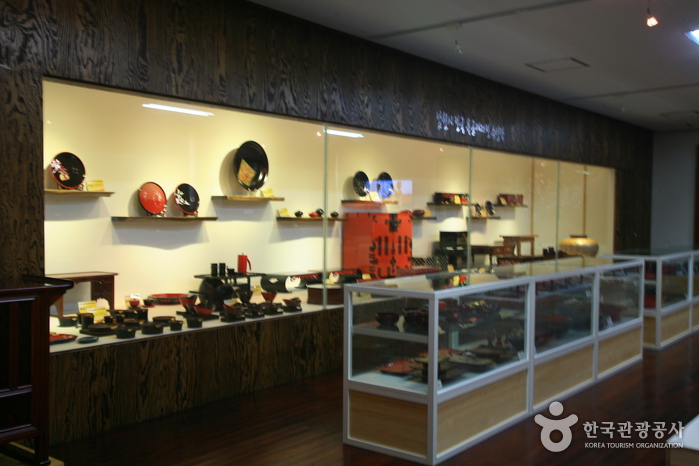
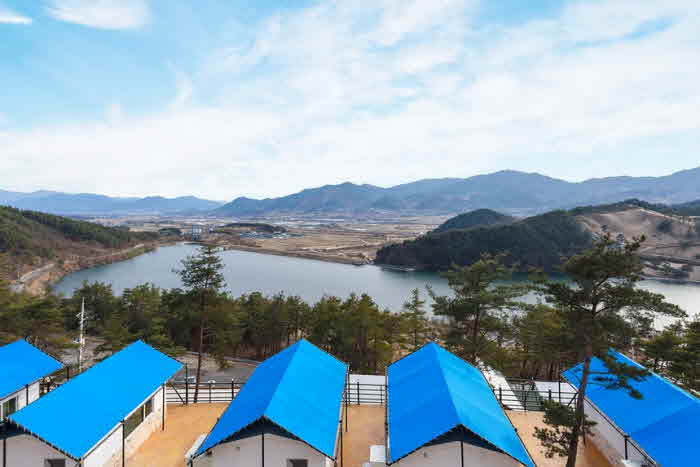
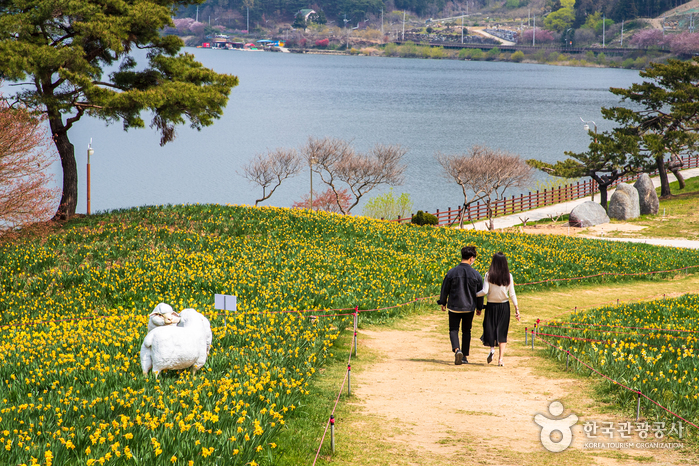
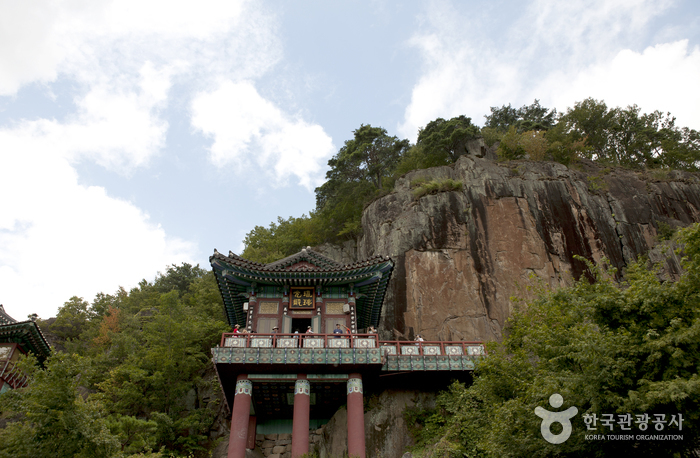
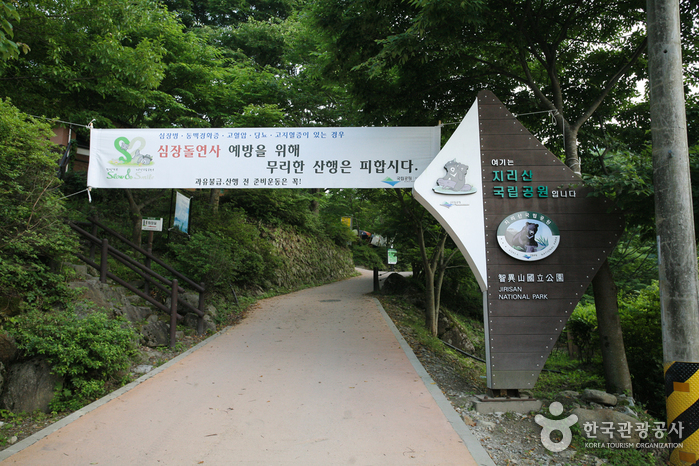
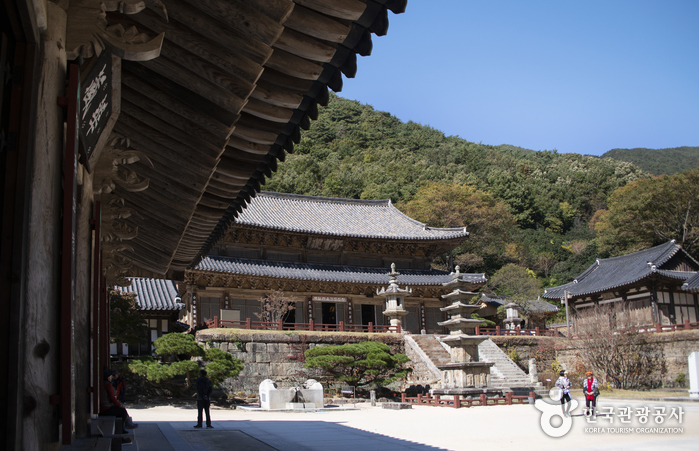
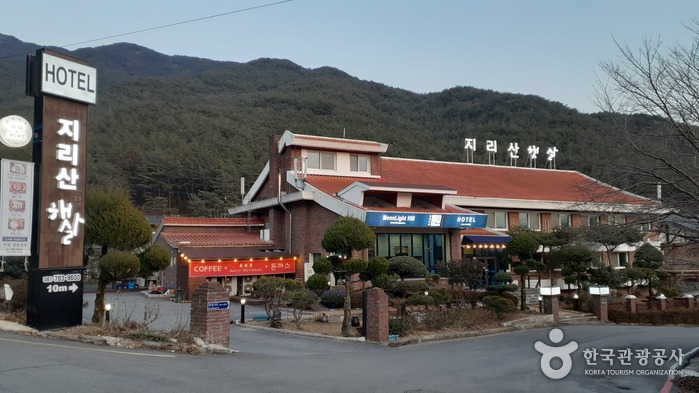
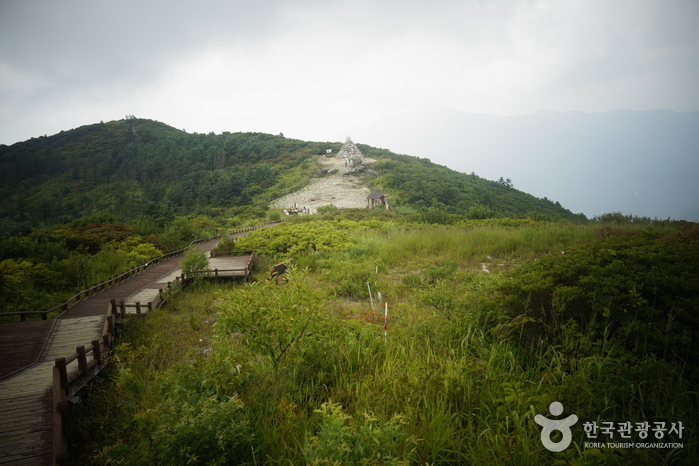
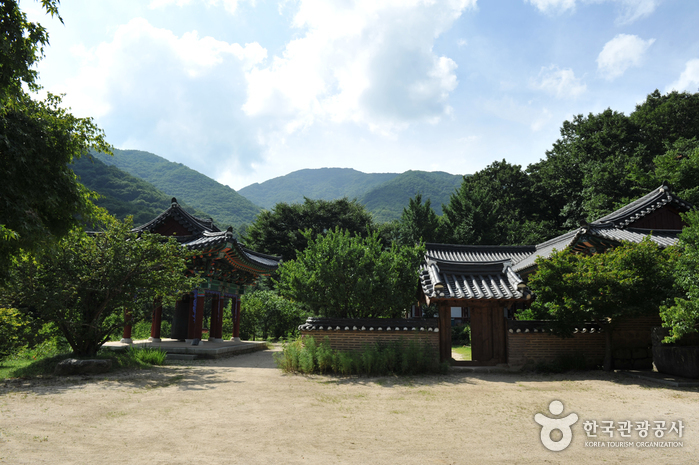
 English
English
 한국어
한국어 日本語
日本語 中文(简体)
中文(简体) Deutsch
Deutsch Français
Français Español
Español Русский
Русский